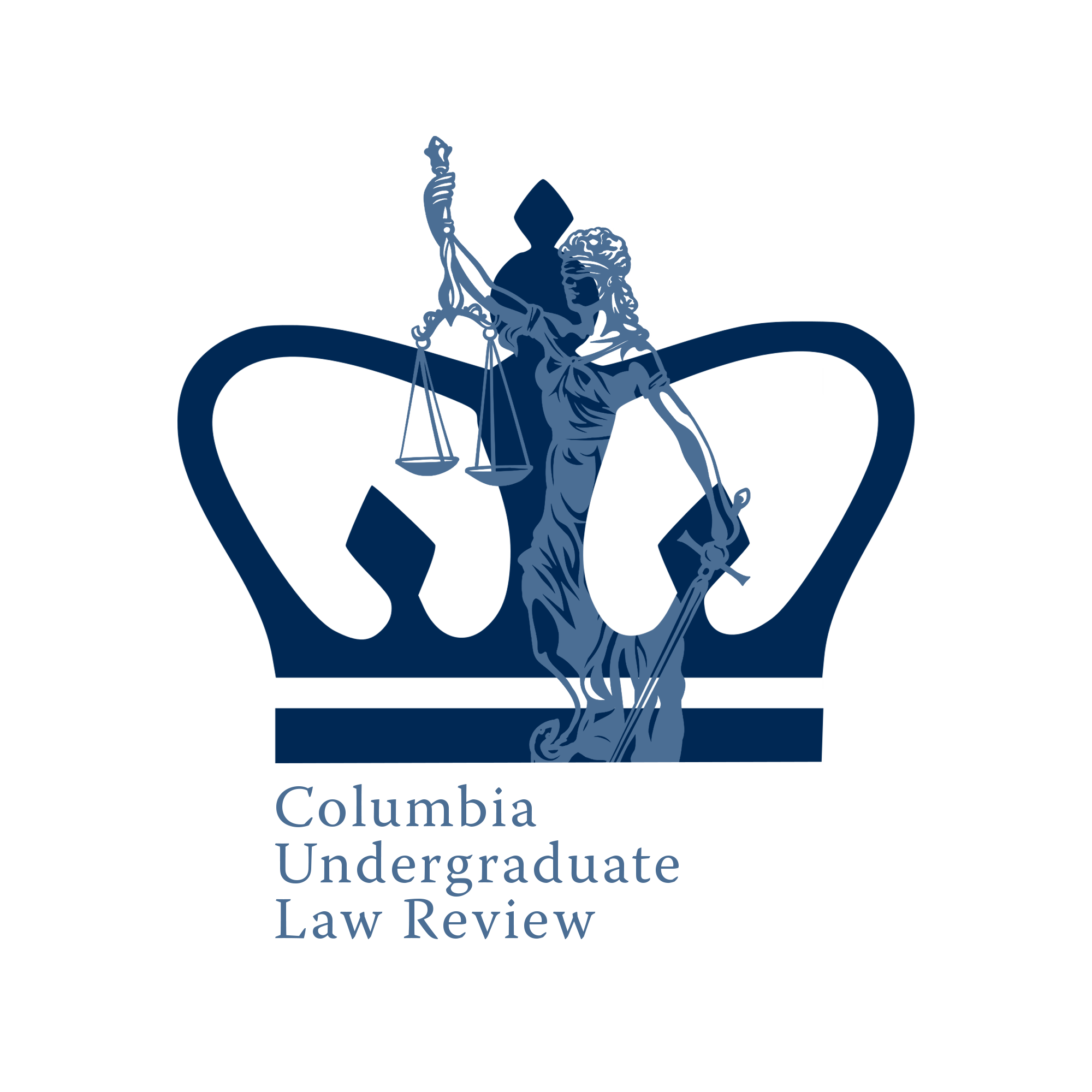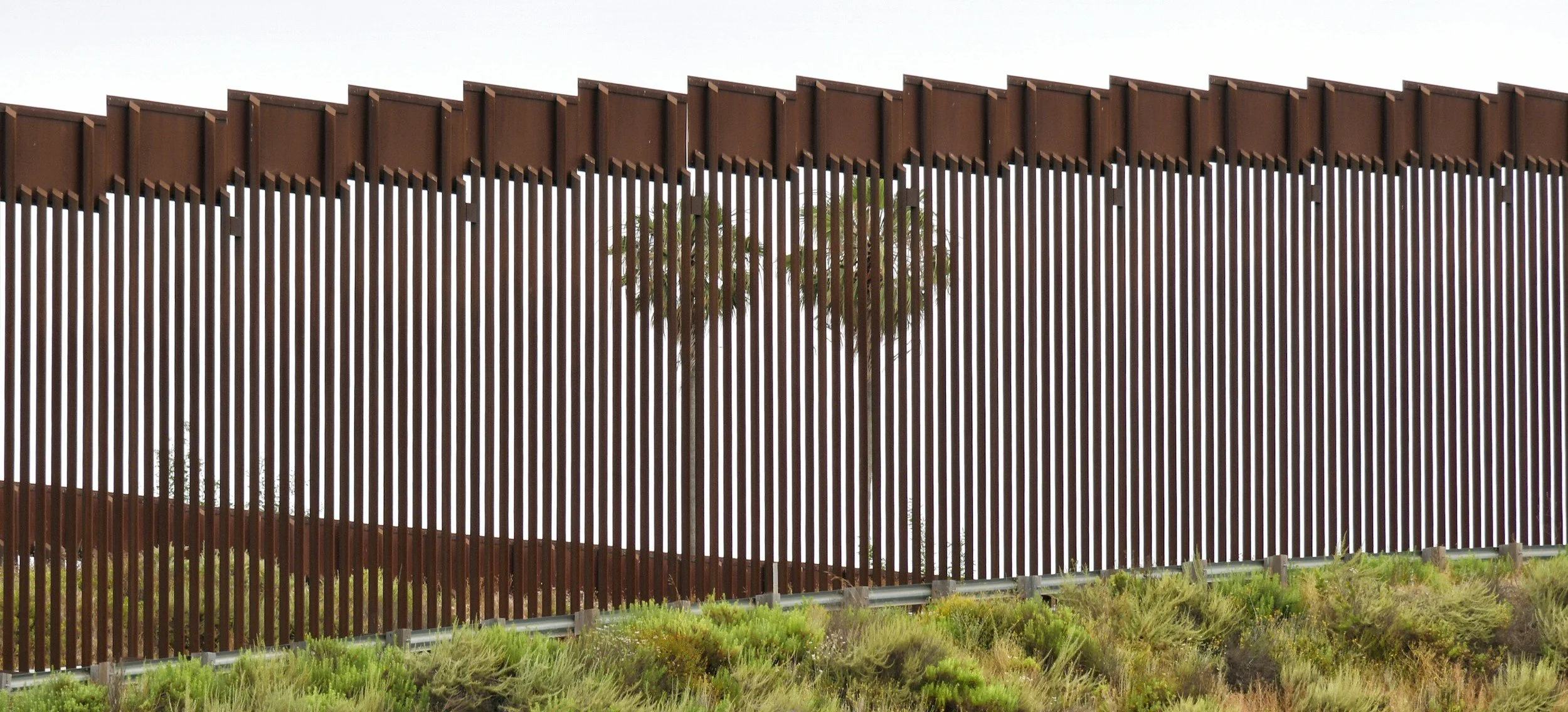The Columbia Undergraduate Law Review (CULR) is Columbia University's premier undergraduate legal publication. CULR publishes long-form pieces by undergraduate students from across the globe in its print journal as well as original pieces by Columbia and Barnard undergraduates in its online journal and its roundtable, current events, and podcasting initiatives.
The goal of CULR is to provide Columbia University and the public with opportunities for the discussion of law-related ideas and the publication of undergraduate legal scholarship.
Latest Print Journal
Volume XXII Issue I: Fall 2025
Featured Articles from our Online Division
Online Journal
Featured Roundtable Contributions
Roundtable
Featured Current Events Articles
Featured

















































